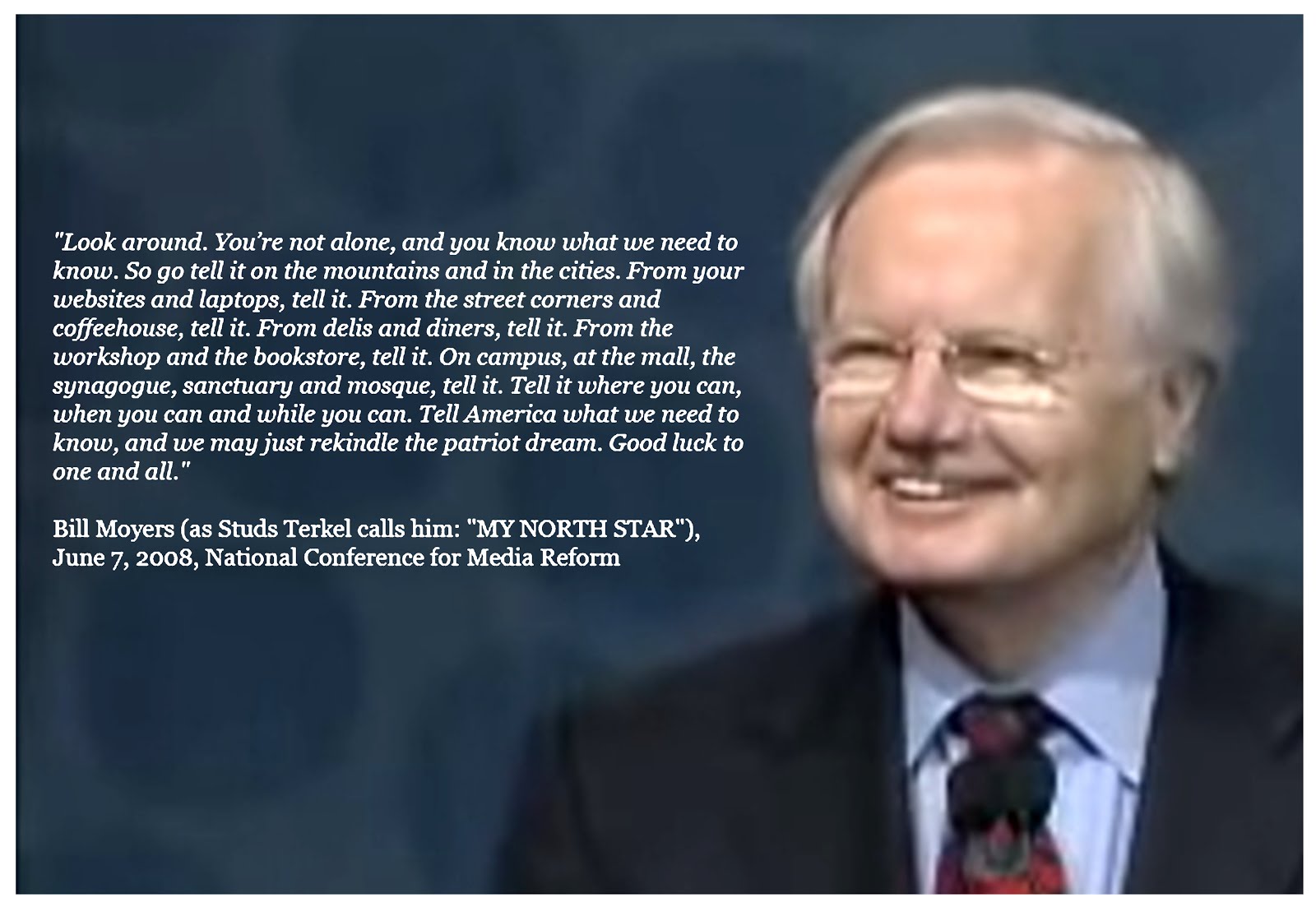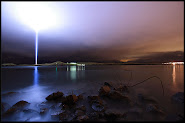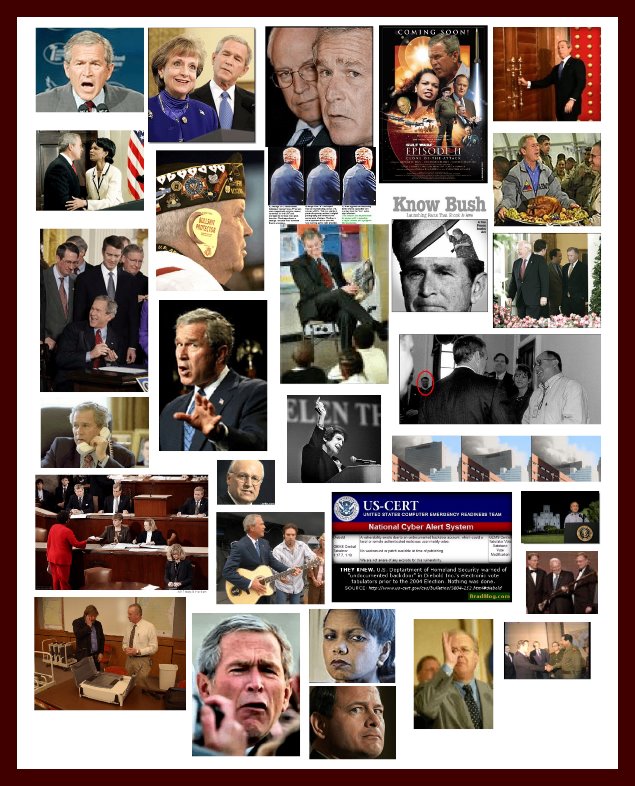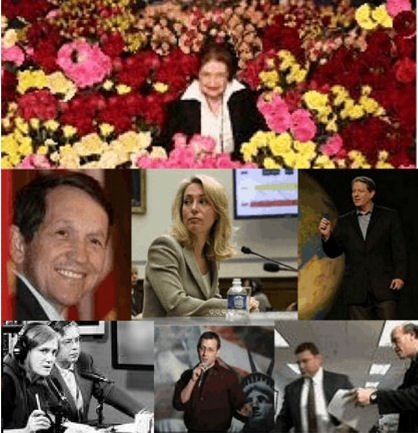February 24, 2007
Governor Jon Huntsman, Jr.
State Capitol Complex
East Office Building, Suite E220
PO Box 142220
Salt Lake City, Utah 84114-2220
Dear Governor Huntsman:
First, I would like to thank you for your outstanding efforts on behalf of the people of Utah in stopping the Divine Strake test. I’m sure you know that you have made a huge difference in lives of at least thousands of people for decades to come.
Now, I write to you because the research I did on Divine Strake lead me to information I thought you would want to know, particularly because of the decision you will make regarding SB155.
State legislative support for this bill must, we assume, count on the ability of Energy Solutions, in coordination with state and federal emergency responders, to protect Utah citizens in case of any leakage of radiation into the air.
But I have found that the Department of Homeland Security has established a policy of “optimization”, presented in The Federal Registry on January 3, 2006 as “Preparedness Doctorate; Protective Action Guides for Radiological Dispersal Device (RDD) and Improvised Nuclear Devise (IND)” – to provide “support” for “decisions about actions that may need to be taken to protect the public when responding to or recovering from an RDD or IND incident.” They became effective immediately, though comments were still accepted.
Protecting the public may be the stated goal, but “optimization”means that the public’s well-being is no longer the highest priority. Instead, citizens and responders health risks are “balanced with a sensitivity to the range of involved stakeholders.”
If the legalese of the Directorate leaves the reader unaware of the danger, the responses that were sent in make it much more clear.
William Johnson, Executive Director of the National Association of Police Organizations, found the proposed radiation limits to be “far higher than acceptable” – threatening responders lives unnecessarily, especially when directed to protect “valuable property.” He also marks the unusual absence of the term “voluntary” and states that the guidelines should be responsive to the welfare of those workers who courageously sacrifice to help others.
Ruth E. McBurney, President of the Health Physics Society, a 51-year old organization of scientists specializing in radiation safety, points to confusing regulatory jurisdiction, occupational standards, and worker protection limits, and finds the lack of defined goals, ranges and limits (muddied through “Optimization”) to be “not appropriate.” Most important, she finds the Directorate’s new policies result in “inconsistent and inefficient public health protection policies regarding radiation safety” and recommends a strong adjustment in exposure limits.
Even Andrew Wallo, writing for the Department of Energy, Office of Air, Water and Radiation Protection Policy and Guidance, expresses a need for additional guidance for response and implementation, more clarification of vague language, and the use of the standardized terms already established by National Response and Nuclear Incident reports. In addition, he requests that examples or case studies be provided to demonstrate the use of the cost/benefit, multi-attribute “Optimization”-based decision-making.
Finally, It is the detailed response endorsed by 63 scientific, environmental, medical, foreign policy, and legal groups, and over 120 individuals (ranging from concerned citizens to scientists and policy analysts) that most thoroughly reveals the dangerous flaws in the Directorate’s rationalizing higher radiation exposure for the public. This letter provides information on specific federal data on radiation exposure and the resulting cancer mortality rates.
In addition, new information from The National Academy of Sciences Biological Effects of Ionizing Radiation (BEIR) VII Report, and the International Agency for Research on Cancer’s study of 400,000 nuclear workers at 154 facilities in 15 nations is presented, showing that the Department of Homeland Security’s “optimization” policy, and the consequent exposures accepted, could result in “up to a third of those exposed getting cancer from the additional radiation.”
Such a governmental decision, they say, “would only compound the harm done and multiply the terrorist’s power.”
Could this really happen, here, in the United States? Yes. We only have to look to Ground Zero to know this. The enclosed report by the Sierra Club tells the story, not of a mistake made, but of a careless decision to misinform in 2001, which evolves into strategy by the time Katrina hits, and official policy soon after.
Governor Huntsman, I do not believe that your business expertise would lead you to such heartless policies. You are a kind and loving man. I know this to be true.
Indeed, I have spent time around your family. Maybe you have already realized that I am the same Barbara TerraNova who, along with my husband Dennis, picked up Sam and Jackie and Mr. Bean’s poop at your home some years ago, and who eventually brought Mr. Bean home to live with our family. (He passed away just last year, but he was well-loved and lived an active, entertaining life - even performing his own unique trick for guests - he sneezed on cue!)
So I know that even though you and I may disagree on some political issues, we would agree that the potential for increased cancers because of inefficiency and denial must get our attention.
This said, it is essentially that citizens, through their legislature and fairly elected officials, continue to be involved in what nuclear waste is allowed in our neighborhood. So I hope that you will, indeed, veto SB155 and retain our ability to be engaged, effective citizens.
Thank you for taking the time to review what I’ve enclosed, and for being dedicated to the well-being of Utahns.
Sincerely,
Barbara Bellows-TerraNova
Enclosed:
• Department of Homeland Security: Preparedness Doctorate; Protective Action Guides for Radiological Dispersal Device (RDD) and Improvised Nuclear Devise (IND) Incidents, The Federal Register, January 3, 2006.
• Letter from National Association of Police Organizations, Inc., dated April 12, 2006 (text pulled from html here Link unavailable otherwise)
• Letter from Health Physics Society, dated March 6, 2006.
• Letter from Department of Energy, Office of Air, Water & Radiation Protection Policy & Guidance, dated April 11, 2006
• Comments from Committee to Bridge the Gap, etal to Rules Docket Clerk, dated April 14, 2006
• Harmful Legacy of Pollution and Deception at Ground Zero: How Post 9/11 Disaster Policy Endangers America”, The Sierra Club, September 2006
U.S. Increases Nuclear Energy Spending as It Fights Global Weapons Ban
-
Watch this video:
6 years ago

















